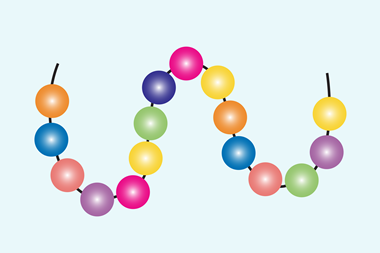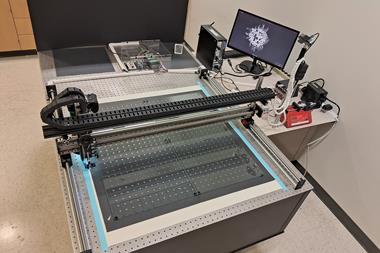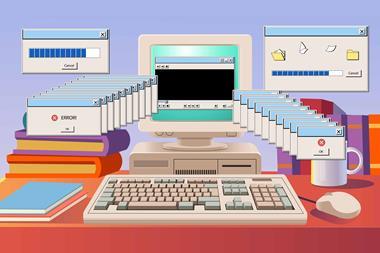Carl Fresenius’ observation that ‘all major advancements in chemistry more or less directly depend on the availability of new and improved analytical methods’ is as accurate (even precise) today as it was over 150 years ago.
Our own Classic Kit series (now at 200 articles) shows how intimately chemistry is connected to its methods of measurement and characterisation. With each new technique or an improvement in sensitivity or precision, we gain deeper understanding that in turn reveals new layers and new questions. Analysis is a routine component of all scientific research and the currency of its conclusions – it’s not surprising that the most cited articles in chemistry are almost all references to vital analytical techniques. It is, well, instrumental.
In this respect, analytical chemistry’s role has been as an enabling science, helping to expand the boundaries of other disciplines with its sharper tools and brighter lights. Yet that has also meant that the field doesn’t always get the credit it deserves, especially in the eyes of the public. In our latest special collection, we look at some examples where analytical techniques have a global impact on society.
Satellites carrying monitoring equipment have been orbiting the Earth and capturing multi-spectral data from its surface and atmosphere for decades. As our first feature explores, these instruments not only track our planet’s vital signs but also how human impact is affecting them. They have even become instruments of justice, helping to uncover illegal activity and environmental crimes.
At the individual scale, screening and diagnostic tools are an essential component of monitoring the health of humans. Our second feature looks at the next generation of such tools offer the prospect of screening for diseases with blood biopsies. The concept of a drop-of-blood health check has been tainted by the legacy of Theranos, but as the companies in our feature show, technologies that can detect cancer cells circulating in our blood are making good progress in clinical trials and could revolutionise medicine.
Finally, although analytical techniques have come a long way, there is always scope for new capabilities, greater depth, better resolution, and more sensitivity. So in our third feature we talk to chemists that are dreaming of what the future of analytical chemistry might hold. For example, better detectors that will enable spatial imaging at the smallest scales, or being able to pick apart the components of a complex mixture, or monitoring reactions as they happen in real time.
As our experts discuss, we may even be getting to the point where analytical chemistry can tackle the messy mixtures and complexity of ‘real’ chemistry and biology in situ. The Star Trek tricorder is still a sci-fi fantasy, but who knows what lies beyond that next frontier?

















No comments yet